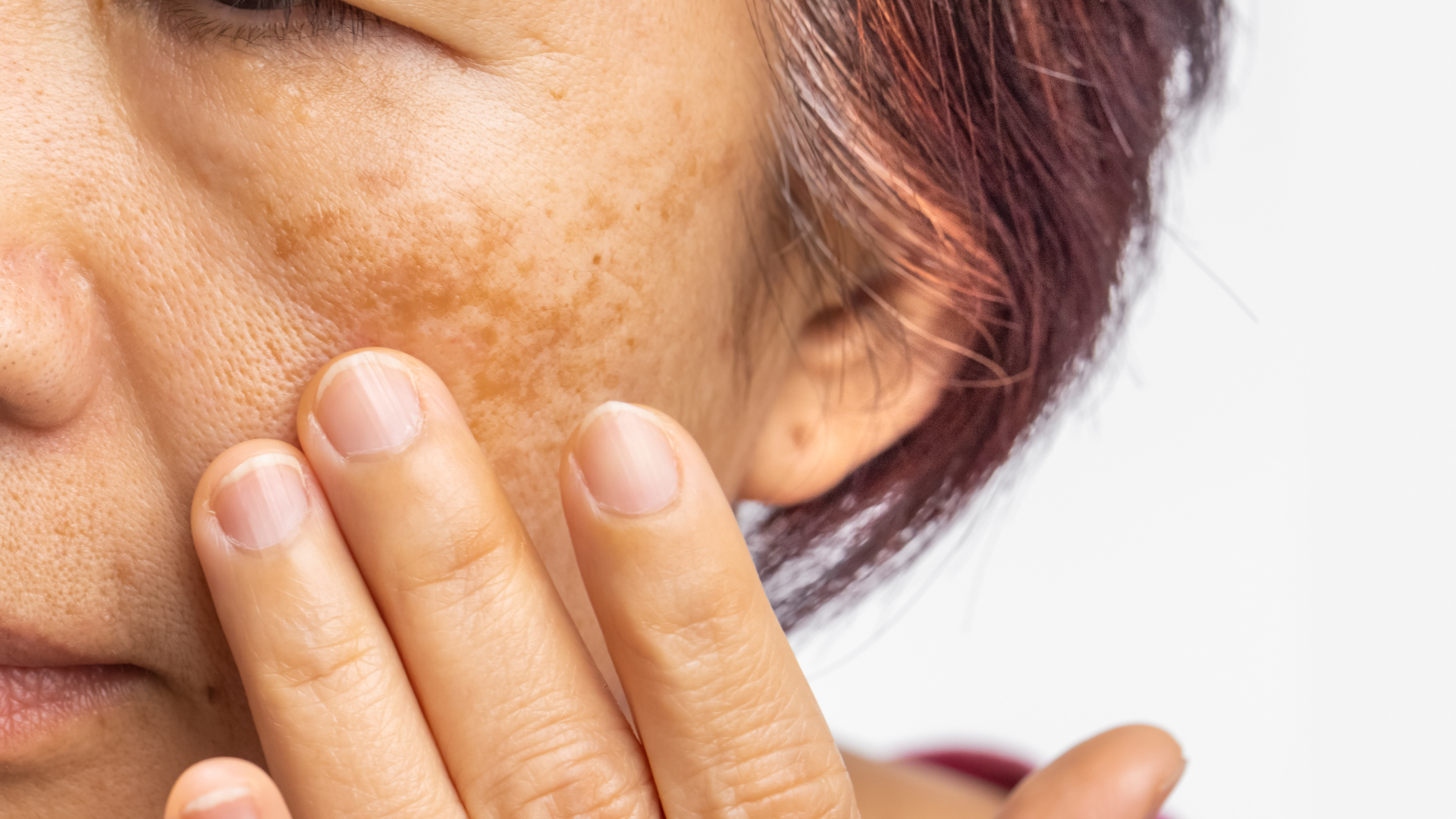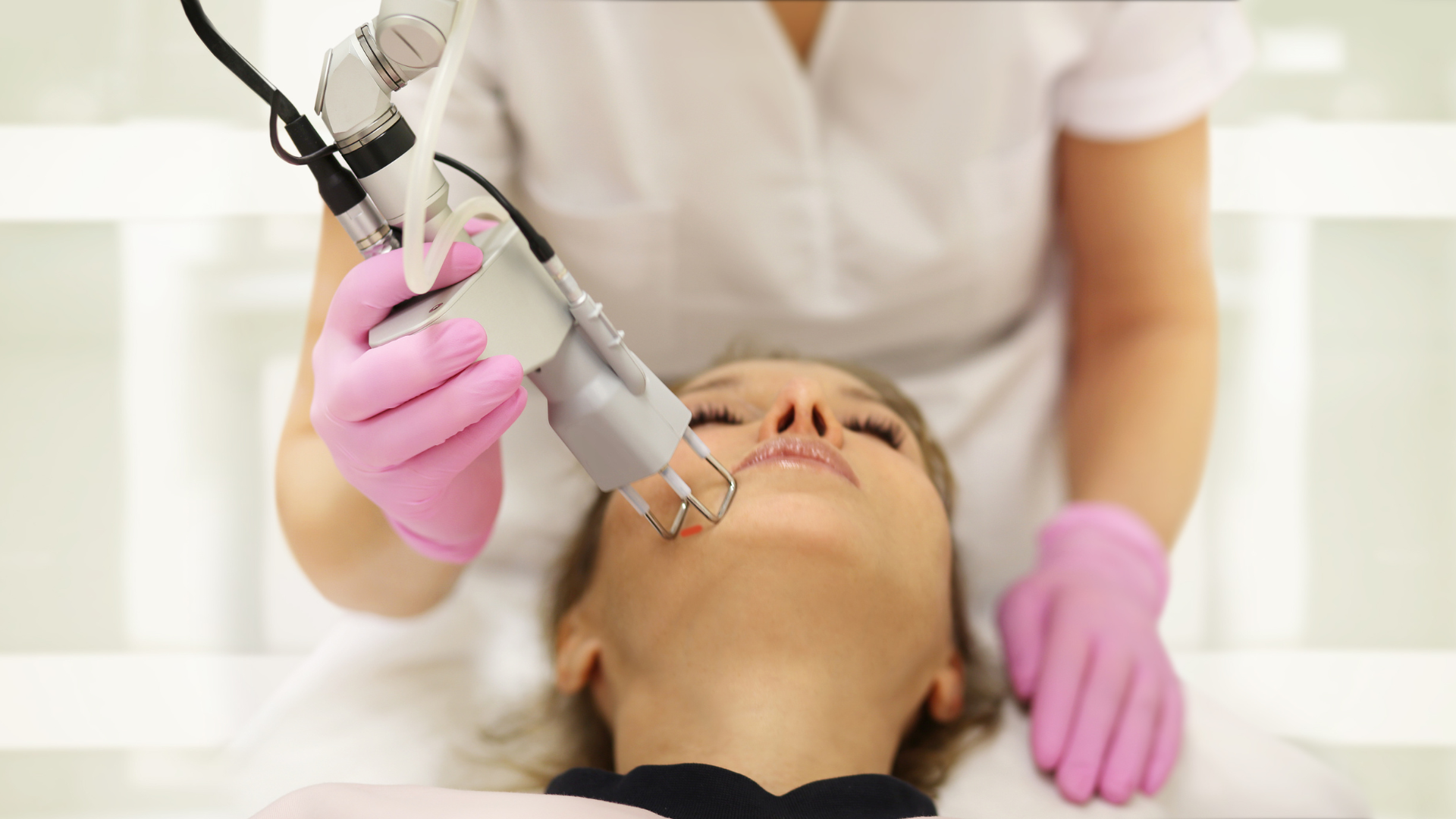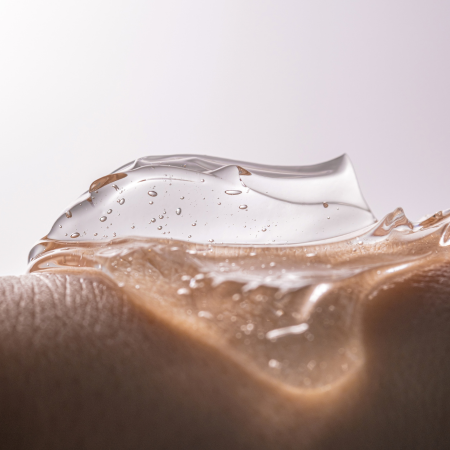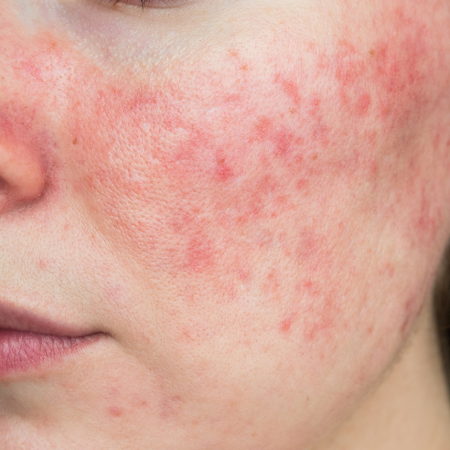Non-Surgical Melasma Treatment: Even Skin Tone Without Harsh Procedures
Achieving an even skin tone can be challenging for those with melasma, a condition that causes dark patches on the skin. Traditional treatments often involve harsh procedures or strong chemicals, but non-surgical options offer a gentler approach. These innovative treatments target the underlying causes of melasma, helping to reduce pigmentation and restore balance without invasive methods. By prioritizing skin health and reducing irritation, non-surgical melasma treatments provide an effective, less aggressive way to achieve a radiant complexion.
Understanding Melasma: Causes and Risk Factors
Melasma is a common skin condition characterized by dark, discolored patches, typically appearing on the face. Its development is influenced by a combination of factors, with hormonal changes playing a major role. Pregnancy, birth control pills, and hormone therapy can trigger melasma, as they cause an increase in melanin production, which leads to pigmentation. Sun exposure is another significant factor; ultraviolet (UV) rays stimulate melanocytes—the cells responsible for melanin production—worsening the appearance of melasma. Genetics also play a part, as individuals with a family history of the condition are more likely to experience it. Understanding these causes and risk factors is key to managing and treating melasma.

Topical Treatments for Melasma: Safe and Effective Options
For many, topical treatments are the first line of defense against melasma. These treatments are designed to reduce pigmentation and promote a more even skin tone. Hydroquinone, a widely used ingredient, lightens dark patches by inhibiting melanin production, making it one of the most effective options available. Azelaic acid, another popular choice, helps to reduce pigmentation and inflammation, offering a gentle alternative suitable for sensitive skin. Tranexamic acid has gained attention for its ability to block melanin production, particularly in cases where hormonal factors are involved. By incorporating these safe, proven ingredients into a skincare routine, individuals can gradually fade melasma and prevent further discoloration.
Laser and Light Therapy for Melasma: What to Expect
Laser and light-based therapies are popular non-invasive options for those seeking quicker results in treating melasma. Intense Pulsed Light (IPL) therapy targets pigmentation by emitting broad-spectrum light, breaking down melanin without damaging surrounding tissue. Q-Switched lasers are another effective option, using short bursts of energy to fragment pigment particles in the skin, allowing the body to naturally clear them away over time. These treatments can significantly improve melasma, but results vary depending on skin type and severity. It's important to note that multiple sessions may be required, and strict sun protection is essential to maintain results and prevent recurrence.
Chemical Peels for Melasma: Gentle Approaches for Sensitive Skin
Chemical peels are a popular treatment option for melasma, offering a gentle yet effective way to exfoliate the skin and reduce pigmentation. Mild peels, often formulated with alpha hydroxy acids (AHAs) or beta hydroxy acids (BHAs), help get rid of dead skin cells and encourage cell turnover. These peels can improve the overall texture of the skin while targeting dark patches without causing significant irritation. Enzyme-based exfoliants are another excellent choice, utilizing natural ingredients like papaya or pineapple to gently dissolve excess pigmentation. These gentle approaches make chemical peels a suitable option for those with sensitive skin, providing visible results with minimal downtime.

Microneedling with Serums: A Minimally Invasive Solution
Microneedling is an innovative treatment that combines the benefits of skin rejuvenation with the power of brightening serums to tackle melasma. This minimally invasive procedure involves creating micro-injuries in the skin using fine needles, which stimulates collagen production and enhances skin texture. When paired with skin brightening serums—such as those containing vitamin C, niacinamide, or tranexamic acid—microneedling can significantly improve pigmentation. The micro-channels created during the treatment allow for better absorption of these active ingredients, maximizing their effectiveness. As a result, patients often experience a brighter, more even complexion with reduced melasma over time.
Cryotherapy and Melasma: Cooling Treatments for Hyperpigmentation
Cryotherapy is an emerging treatment option for melasma, utilizing controlled cold temperatures to address hyperpigmentation effectively. This innovative approach, such as TargetCool, involves applying localized cooling to the affected areas, which helps to constrict blood vessels and reduce inflammation. By targeting the melanocytes responsible for excess pigmentation, cryotherapy can slow down melanin production, leading to a more even skin tone. This method is particularly appealing for those looking for a non-invasive and painless solution to melasma. The cooling effect also provides a refreshing experience, making it a soothing option for sensitive skin types while promoting overall skin health.
At-home Skincare Routine: Maintenance and Prevention
Establishing an effective at-home skincare routine is crucial for managing and preventing melasma in the long term. One of the most vital steps in this routine is sun protection. Daily application of a broad-spectrum sunscreen with at least SPF 30 helps shield the skin from harmful UV rays, which can exacerbate pigmentation. Alongside sun protection, gentle exfoliants, such as AHAs or BHAs, should be incorporated to promote cell turnover and prevent buildup of dead skin cells that can contribute to uneven tone. Hydration is equally important; using a moisturizer rich in antioxidants can help maintain skin barrier function while supporting overall skin health. By consistently following these steps, individuals can effectively manage melasma and maintain a radiant complexion.
When to Consult with a Dermatologist for Non-Surgical Melasma Treatments
While at-home care is essential, knowing when to seek professional help is equally important in the fight against melasma. Consulting a dermatologist can provide valuable insights into your specific skin type and condition, allowing for a personalized treatment plan tailored to your needs. If over-the-counter products aren't yielding the desired results, or if melasma worsens, it may be time to explore professional options. Dermatologists can offer a range of non-surgical treatments, including advanced topical therapies, laser treatments, and chemical peels that might be more effective than at-home methods alone. They can also provide guidance on lifestyle modifications and preventive measures to help keep melasma at bay. By seeking expert advice, individuals can take proactive steps toward achieving a more even skin tone and enhancing their overall skin health.
Managing and preventing melasma requires a comprehensive approach that combines at-home skincare, professional guidance, and targeted treatments. By understanding the causes and risk factors of melasma, individuals can adopt effective strategies for achieving an even skin tone. Safe topical treatments, innovative options like microneedling and cryotherapy, and gentle chemical peels all contribute to healthier skin. Additionally, prioritizing sun protection and hydration in your daily routine is essential for long-term management. Knowing when to seek professional help can lead to personalized treatment plans tailored to your unique needs. By integrating these elements, you can confidently take steps toward effectively managing melasma and enhancing your skin's natural beauty.




